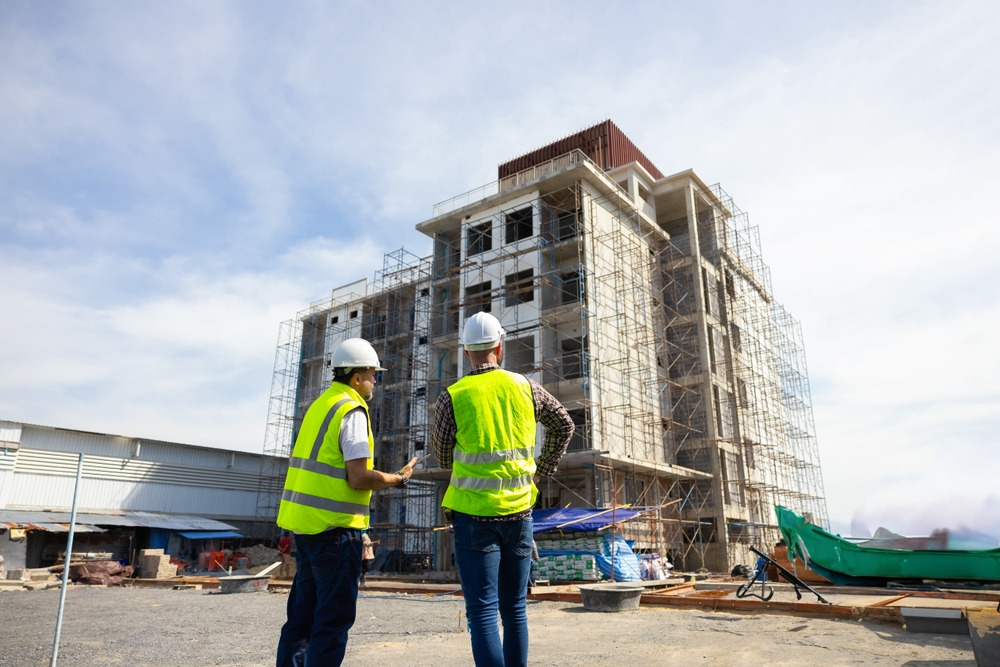
Low-Carbon Building Materials for Sustainable Construction
Low-Carbon Building Materials for a Greener Future
The construction industry is one of the largest contributors to global carbon emissions. Every structure, from skyscrapers to small homes, has a carbon footprint influenced by material choice, manufacturing, and transportation. That’s why low-carbon building materials have become essential for sustainable construction and a greener planet.
By using eco-friendly alternatives, builders can significantly reduce environmental impact while improving efficiency and long-term performance.
What Are Low-Carbon Building Materials?
Low-carbon building materials are construction resources designed or produced with minimal greenhouse gas emissions. They are sustainable alternatives to traditional materials like cement, steel, and bricks, which are known for their high embodied carbon.
Examples include:
-
Fly ash concrete
-
Bamboo and timber composites
-
Recycled steel and aluminum
-
Green cement and geopolymer concrete
-
Recycled plastic blocks
Using these materials reduces overall carbon emissions in construction and supports eco-friendly development goals.
Why Low-Carbon Building Materials Matter
The importance of low-carbon building materials extends beyond environmental benefits. They also offer economic and social advantages for the construction industry and communities.
Here’s why they matter:
-
Reduced Carbon Footprint: They help cut embodied carbon from production and transport.
-
Energy Efficiency: These materials improve insulation and reduce energy use.
-
Durability: Many low-carbon materials last longer, reducing repair costs.
-
Regulatory Compliance: Meets sustainability standards like LEED and GRIHA.
-
Healthier Spaces: They promote better indoor air quality by limiting toxic emissions.
In short, low-carbon building materials form the backbone of sustainable construction.
Top Low-Carbon Building Materials in Modern Construction
1. Fly Ash and Slag-Based Concrete
Replacing a portion of cement with fly ash or slag reduces emissions without compromising strength. It’s one of the most effective low-carbon building materials used globally.
2. Bamboo
Known for its fast growth and strength, bamboo serves as a renewable substitute for steel and wood. It’s lightweight, cost-effective, and perfect for low-carbon building designs.
3. Recycled Steel
Reusing steel saves energy and cuts down mining-related emissions. Recycled steel maintains the same quality as new steel while supporting carbon reduction in construction.
4. Green Cement
This cement type uses industrial by-products and requires less heat during production, resulting in significantly lower CO₂ emissions. It’s a leading innovation in building materials.
5. Rammed Earth and Hempcrete
Both materials are natural, non-toxic, and offer excellent insulation properties, making them ideal for sustainable construction.

Benefits of Using Low-Carbon Building Materials
Adopting low-carbon building materials brings measurable gains for both the environment and the economy:
-
Lower Greenhouse Gas Emissions: Reduces embodied and operational carbon.
-
Improved Building Efficiency: Enhances insulation and thermal comfort.
-
Waste Reduction: Encourages recycling and reuse of materials.
-
Increased Property Value: Green buildings often attract higher market demand.
-
Supports Government Sustainability Goals: Aligns with India’s carbon neutrality vision for 2070.
With rising environmental awareness, demand for building materials is growing rapidly among developers and consumers.
Government Initiatives and Standards in India
India has taken several initiatives to promote building materials and green construction practices.
-
Bureau of Energy Efficiency (BEE) implements the Energy Conservation Building Code (ECBC) to ensure energy-efficient design.
-
GRIHA (Green Rating for Integrated Habitat Assessment) encourages sustainable material use and resource efficiency.
-
LEED India Certification supports the adoption of materials and environmentally responsible construction.
These policies are helping transition India’s construction industry toward a and energy-efficient future.
Challenges in Adopting Low-Carbon Materials
Despite their benefits, low-carbon building materials face challenges such as higher initial costs, limited availability, and lack of awareness among builders.
However, with continuous innovation, government incentives, and industry education, these barriers are gradually being reduced, paving the way for large-scale adoption of sustainable construction techniques.
Partner with AMS India for Sustainable Building Solutions
At AMS India, we are committed to promoting building materials and sustainable construction methods.
Our team provides expert guidance in selecting eco-friendly materials, reducing embodied carbon, and ensuring compliance with green standards like GRIHA and LEED. Together, we can create infrastructure that supports India’s climate goals.
Conclusion
The use of building materials represents the future of sustainable construction. From recycled steel to green cement, these materials offer innovative ways to reduce carbon emissions and improve efficiency.
As India continues to grow, builders, architects, and developers must embrace building materials to create structures that are not only strong and modern but also environmentally responsible.
Read more related articles to enhance your knowledge and make informed decisions
Cost-Effective Modular Construction: Fast, and Sustainable Building Solutions
Smart Modular Buildings: Innovative, Efficient, and Sustainable Construction








